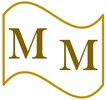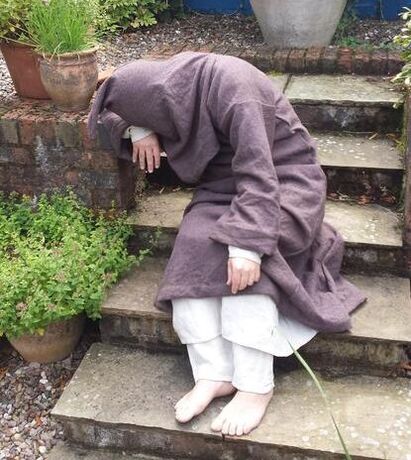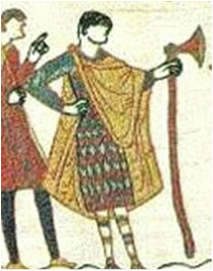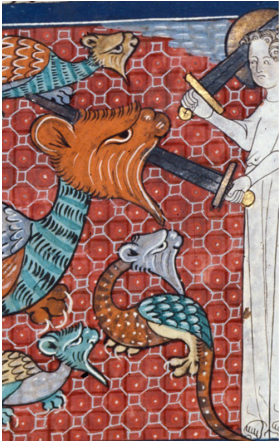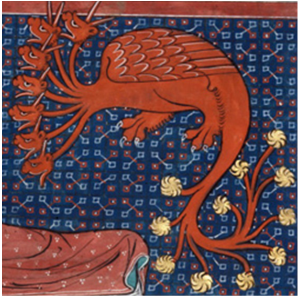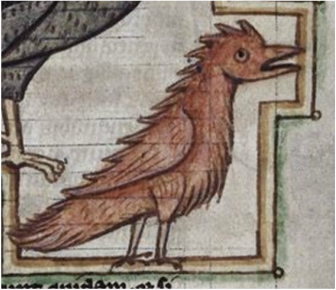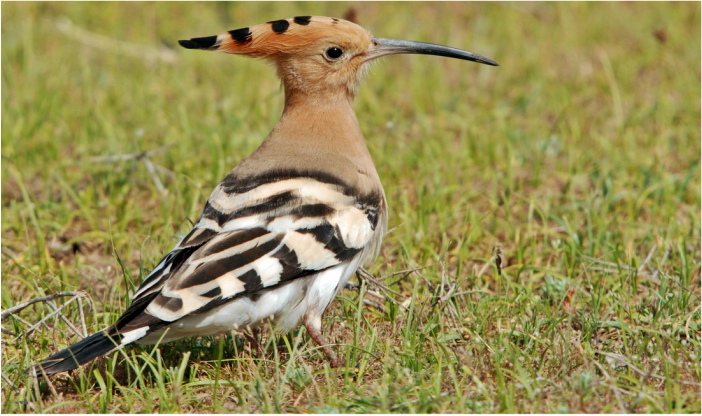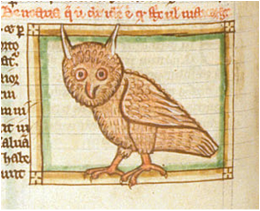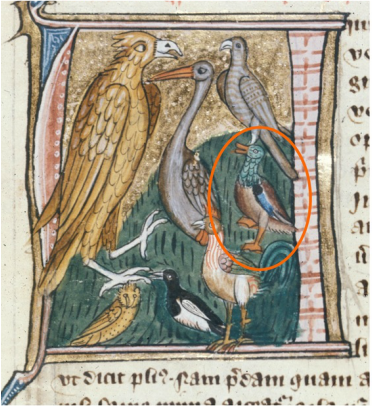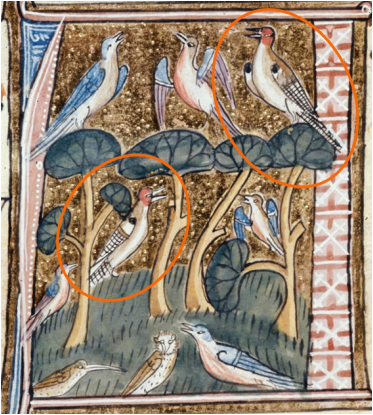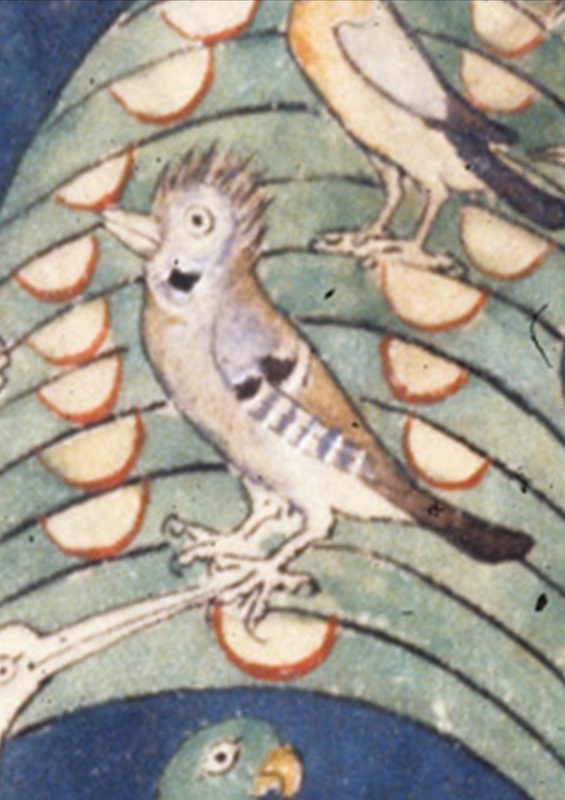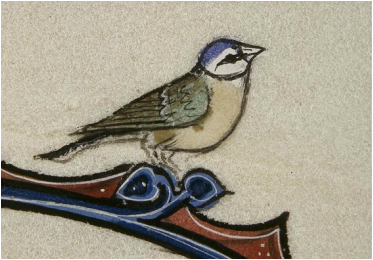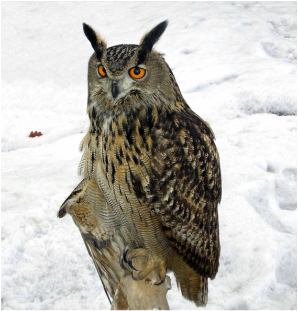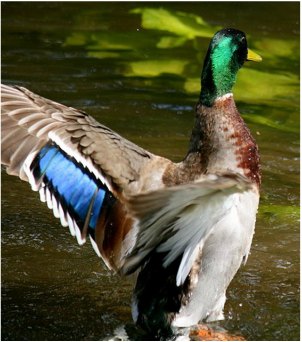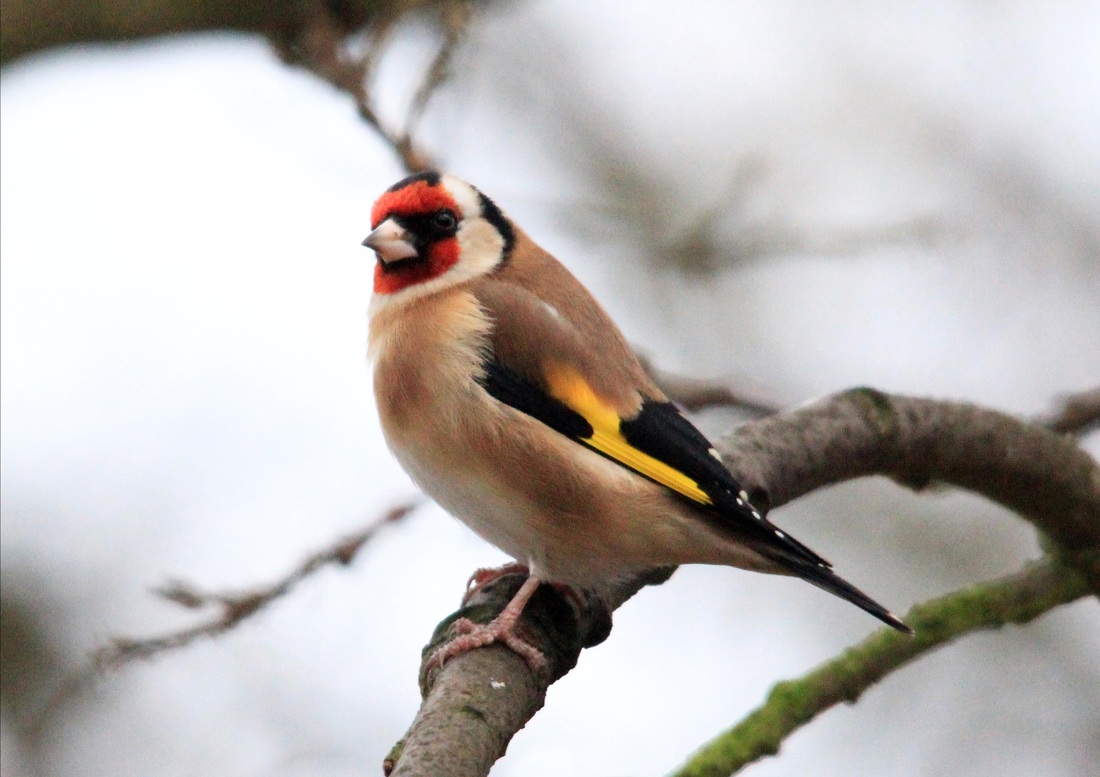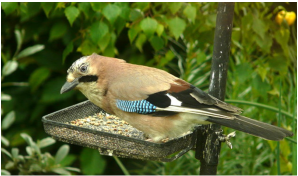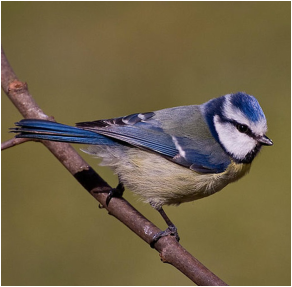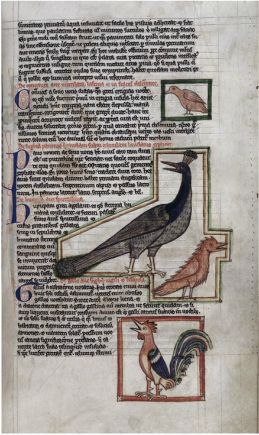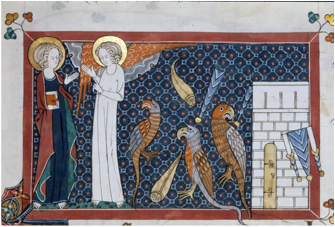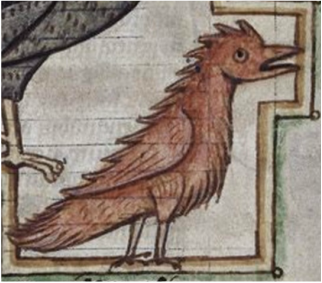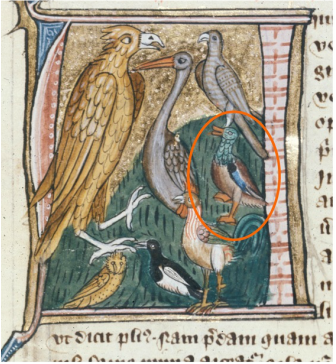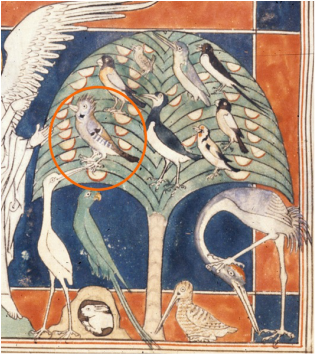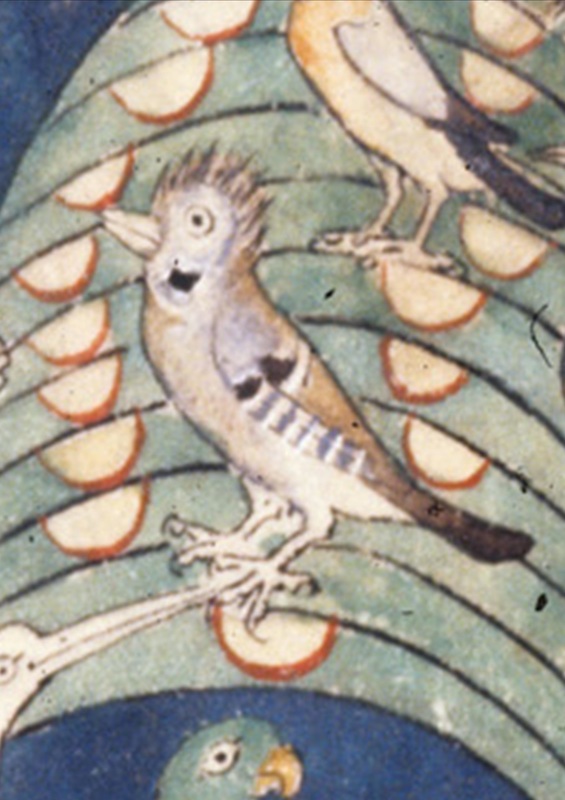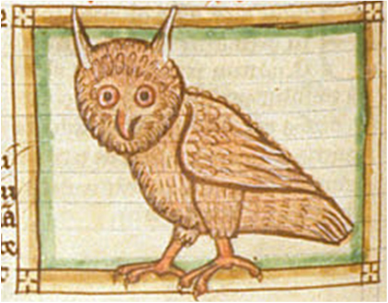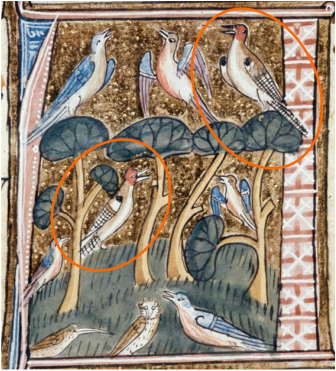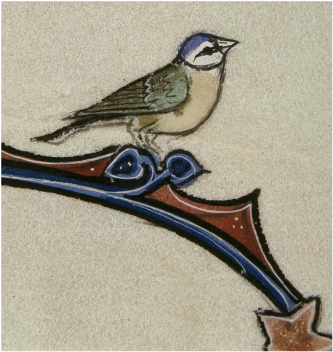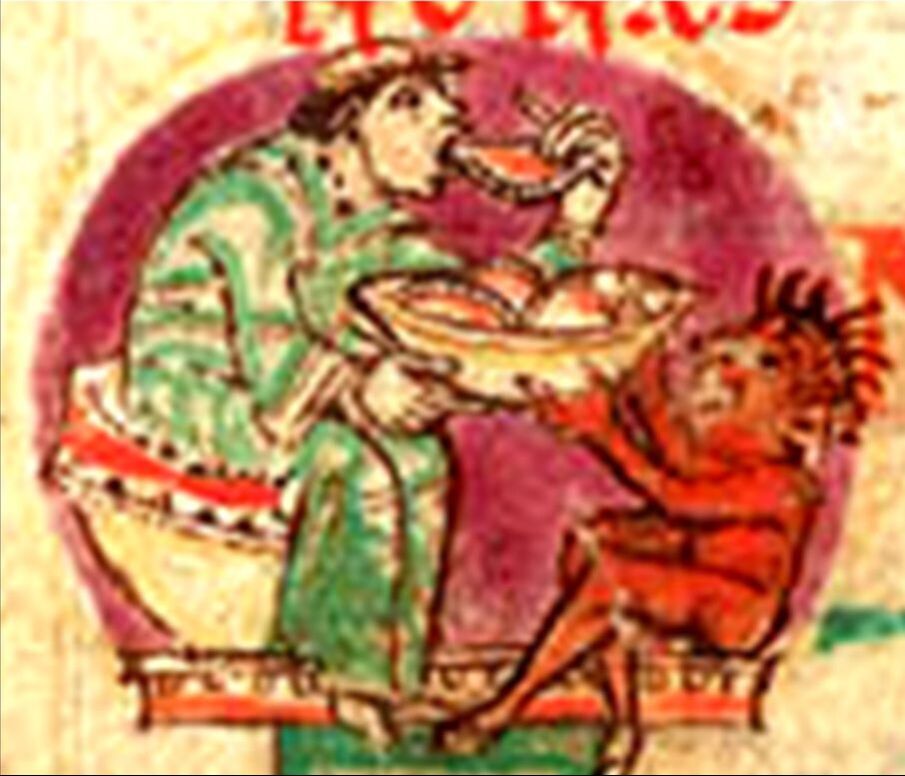The Anglo-Saxon Monk is entering the world of theatrical performance in a dramatisation of the Bayeux Tapestry written and directed by Daisy Black – please don’t tell the bishop! Curiously, I’ve been handed the role of the French count, Guy of Ponthieu. I assure you, blessed readers, I remonstrated most strongly with Dr Black over her casting decisions, but alas, one has to take what one can get.
So who, you are wondering, was this Guy fellow, and why in the picture above, do I look such a ****?
6 Comments
Hope you all enjoyed the Anglo-Saxon Monk's little foray into ornithology. Any disputes over the birds' identities will be treated with the upmost monastic patience... so please do leave your comments below.
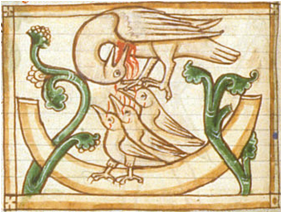 The pelican kills its disobedient offspring then restores them to life with its own blood: an allegory for Christ's redemptive sacrifice. British Library, Harley 3244 (England, 13th-cent.), folio 54v. PUBLIC DOMAIN: Please click on image to go to source. The pelican kills its disobedient offspring then restores them to life with its own blood: an allegory for Christ's redemptive sacrifice. British Library, Harley 3244 (England, 13th-cent.), folio 54v. PUBLIC DOMAIN: Please click on image to go to source. Medieval manuscripts are not particularly well known for their ornithological accuracy. Just take a look at the pelican here! And what ever made the compilers of medieval bestiaries decide to lump the bat in with birds? Well, your guess is as good as mine, blessed readers. In the case of the pelican, of course, an English artist would never have seen one, and so it was more important to visually allude to the allegorical significance than go for naturalism. In case you're wondering, the pelican feeding its young with its own blood represents the redemptive power of Christ's crucifixion. Quite often the subject matter dictates the way birds are represented. If an artist just needs volume, then flocking birds quite often look generic. It's pretty tough going, for example, to find anything other than a generic bird amid Noah's many arks, apart from when the raven and dove enter the story, but even then the rather slipshod approach to ornithological detail would raise an eyebrow from you blessed birders and twitchers out there. And if you look at the Apocalypse scene, top right, the artist has not really gone for a particular species to represent these birds-come-evil spirits. There is something parrot-like about them, true, but their serpentine tails take these birds away from naturalism, though of course this artistic choice may well contribute to the desired feel of malevolence. Well, beloved, I think it's high time you identified the six birds below and demonstrated how well attuned you are to the Lord's avian creation. No shabby responses like 'duck' or 'owl', I want full names, though I will let you off from having to provide them in Latin (nothing to do with my own Latin skills, I hasten to add). If you feel like slipping into immoderate behaviour, you can have a go at identifying those birds in images 3, 4 and 5 which I have not ringed. But remember, pride comes before a fall. My sincere apologies to those of you not from Britain, as these are all birds that live at least part of the year in this lovely land, though I must confess that image 1 is rather tricky even for you natives, so here's a clue: this bird is mentioned in the Bible (generous, I know). Leave your answers in the comments section, and I may think about offering some kind of prize. Answers will be provided in a few days' time.
Another Easter, another round of confessions. The Medieval Monk explores five (or six) food related sins that he doesn't want you confessing next Easter... I do hope, blessed readers, that you have been enjoying a spiritually uplifting time over the Easter period, and that you haven't just stuffed your face with chocolate bunnies and eggs – do you know how heathen that is? Alright, you chocolate devotees, I know technically that a medieval monk shouldn’t know anything about chocolate confectionary – it wasn’t until 1847 that the chocolate bar was invented in England – but I get to hear about these things. I have my sources! Well, since we’re on the subject of food, and since, no doubt, you have just confessed all your sins, including those related to improper eating (we won’t mention your more salacious deeds), I thought I would offer my spiritual services by enlightening you on this most important of matters. After all, it gets a bit tiresome for your confessor to hear you grovelling with the same old, Oh, Father, I must confess that I ate a loaf/stew/steak/cheesecake that was consecrated to a devil. So please, beloved, pay attention to my Top 5 (or 6) Things Not to Eat – ever again! |
Details
|
